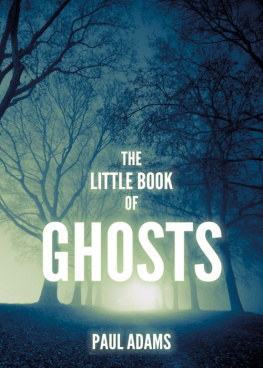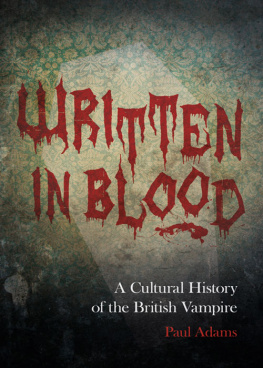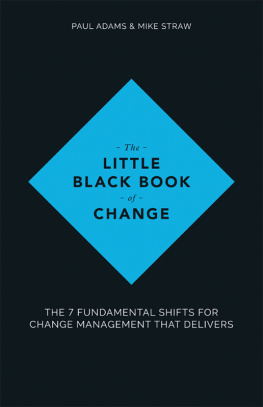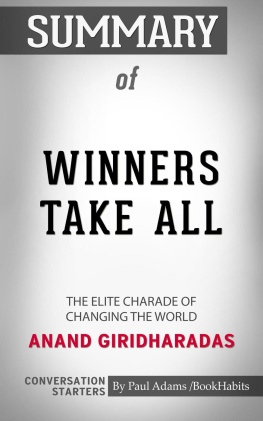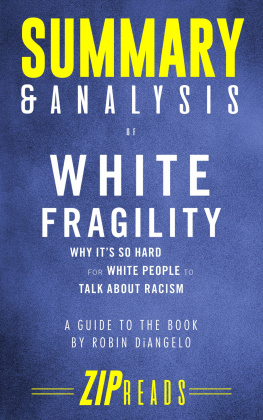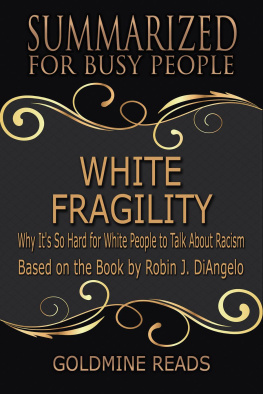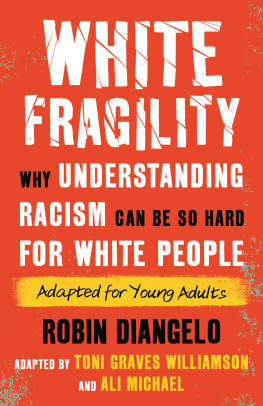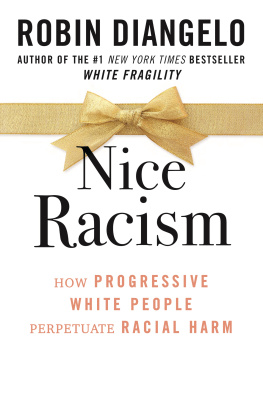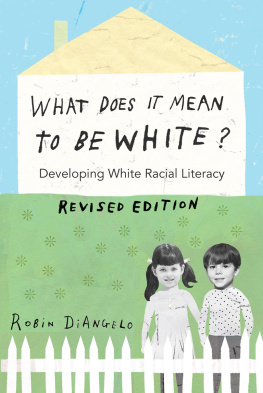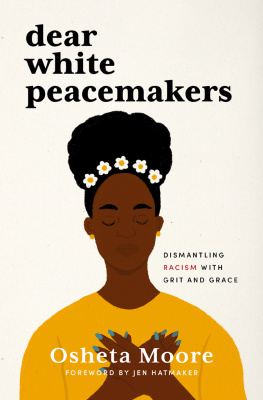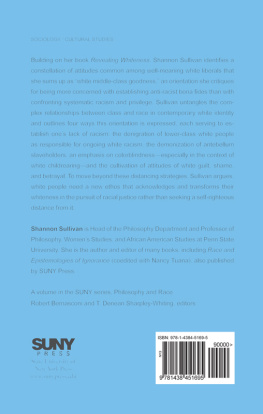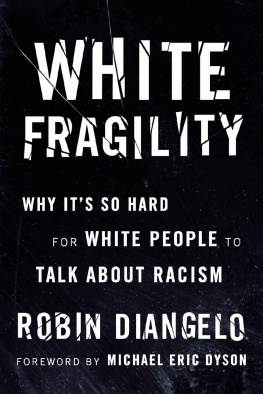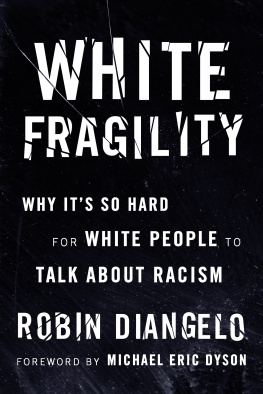Paul Adams - Summary of White Fragility: Why Its So Hard for White People to Talk About Racism
Here you can read online Paul Adams - Summary of White Fragility: Why Its So Hard for White People to Talk About Racism full text of the book (entire story) in english for free. Download pdf and epub, get meaning, cover and reviews about this ebook. year: 2018, publisher: BH, genre: Politics. Description of the work, (preface) as well as reviews are available. Best literature library LitArk.com created for fans of good reading and offers a wide selection of genres:
Romance novel
Science fiction
Adventure
Detective
Science
History
Home and family
Prose
Art
Politics
Computer
Non-fiction
Religion
Business
Children
Humor
Choose a favorite category and find really read worthwhile books. Enjoy immersion in the world of imagination, feel the emotions of the characters or learn something new for yourself, make an fascinating discovery.
- Book:Summary of White Fragility: Why Its So Hard for White People to Talk About Racism
- Author:
- Publisher:BH
- Genre:
- Year:2018
- Rating:3 / 5
- Favourites:Add to favourites
- Your mark:
Summary of White Fragility: Why Its So Hard for White People to Talk About Racism: summary, description and annotation
We offer to read an annotation, description, summary or preface (depends on what the author of the book "Summary of White Fragility: Why Its So Hard for White People to Talk About Racism" wrote himself). If you haven't found the necessary information about the book — write in the comments, we will try to find it.
The New York Times best-selling book White Fragility: Why Its So Hard for White People to Talk About Racism explores the reactions that white people have when their personal assumptions about race are challenged. DiAngelo observes that when their reactions are challenged, they maintain racial inequality. DiAngelo is an anti-racist educator and she deftly illuminates in this book the phenomenon of white fragility. This book allows the readers to understand that racism is a practice that is not restricted to bad people. She discusses the defensive moves that white people make when they are racially challenged. White fragility appears in a range of emotions like fear, anger, and guilt. It also appears to include silence and argumentation. These behaviors reinstate white racial equilibrium and prevent further meaningful cross-racial dialogue. DiAngelo explores white fragility, how it develops, how it gets triggered, how it protects racial inequality and how we can engage people better.
A Brief Look Inside:
EVERY GOOD BOOK CONTAINS A WORLD FAR DEEPER than the surface of its pages. The characters and their world come alive, and the characters and its world still live on. Conversation Starters is peppered with questions designed to bring us beneath the surface of the page and invite us into the world that lives on.
These questions can be used to create hours of conversation:
Foster a deeper understanding of the book
Promote an atmosphere of discussion for groups
Assist in the study of the book, either individually or corporately
Explore unseen realms of the book as never seen before
Paul Adams: author's other books
Who wrote Summary of White Fragility: Why Its So Hard for White People to Talk About Racism? Find out the surname, the name of the author of the book and a list of all author's works by series.


